Weathering the Wild: How to Stay Safe in the Face of Natural Disasters
You can't move your home to safety, but you can protect your family and home from harm. To ensure the safety of you and your family in a natural disaster, follow these preparedness tips.
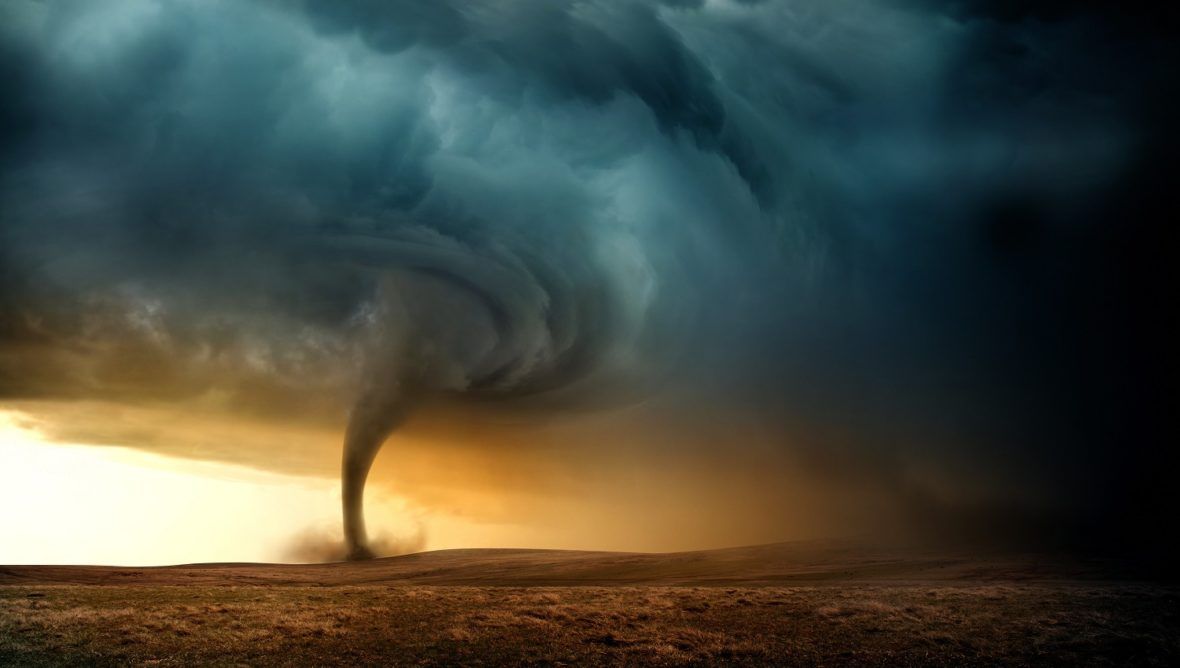
Introduction
Life on our planet is dynamic and awe-inspiring, but it also comes with the unpredictability of natural disasters. From the earth's tremors to the heavens' fury, these events can strike at any moment, leaving communities vulnerable and individuals in need of crucial safety knowledge. In this guide, we will explore essential strategies to navigate the challenges posed by various natural disasters, empowering you with the information needed to protect yourself and your loved ones when facing nature's wild side.
Natural Disasters
Natural disasters encompass a wide range of catastrophic events, including earthquakes, floods, wildfires, tornadoes, hurricanes, tsunamis, and more. Each disaster type carries its own unique risks and demands specific safety measures. Understanding the characteristics of these events is the first step in preparing for them effectively.
Natural disasters can occur unpredictably and in various locations. Nevertheless, specific destinations may have a higher likelihood of experiencing certain types of natural disasters.
Prior to your departure, it's important to research the prevalent natural disasters in your chosen destination. Being informed about how to prepare can significantly mitigate the potential consequences on your well-being, safety, and financial stability.
Risk & Loss From Natural Disaster
Annually, the United States faces a cost of $23.46 billion due to natural disasters and weather-related destruction. Homeowners are advised to prioritize safety within their homes by safeguarding their investments, looking out for their loved ones, making health-conscious choices, and exercising responsible judgment. While these actions offer a certain level of influence, how does one navigate the unpredictable twists that Mother Nature can bring? Is there a comprehensive guide of home safety pointers tailored to natural disasters, equipping individuals for the unforeseen?
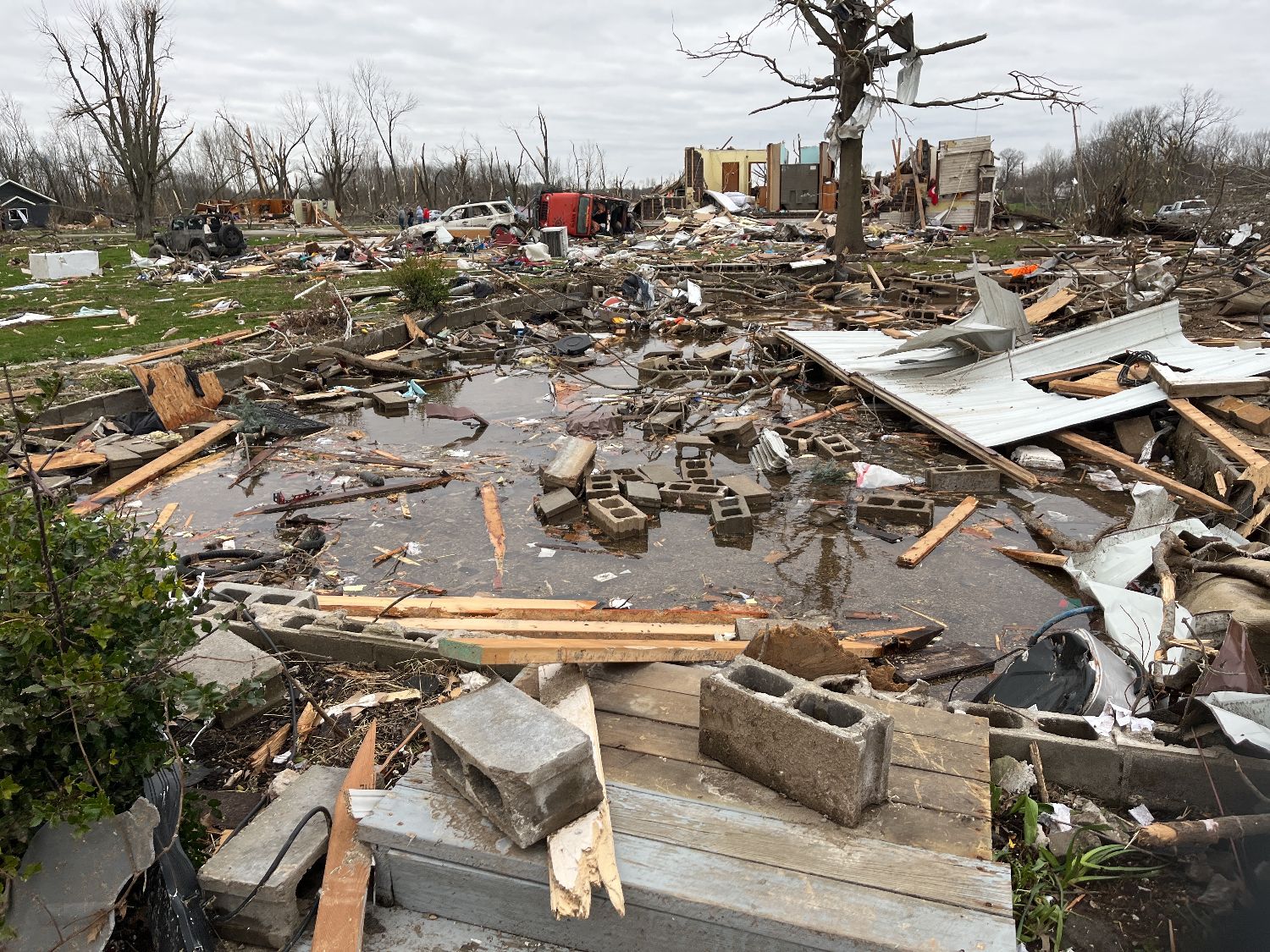
Irrespective of the season or geographical location, Americans frequently confront the aftermath of severe weather, resulting in significant damage. Ranging from the impact of strong winds and flooding to the devastation of tornadoes and hurricanes, understanding how to secure your home amidst a natural disaster is paramount.
Ensuring Your Safety Throughout Natural Disasters
You can't move your home to safety, but you can protect your family and home from harm. To ensure the safety of you and your family in a natural disaster, follow these preparedness tips. They can help prevent injuries and be crucial in an emergency:
- Knowledge is Power: Research the types of natural disasters that are most likely to occur in your region. Understand their frequency, intensity, and the warning signs associated with each.
- Emergency Contacts: Compile a list of emergency contacts, including local authorities, medical facilities, and family members. Ensure everyone in your household is familiar with these contacts.
- Create a Communication Strategy: Establish a family communication plan for connecting during and after a disaster. Choose an out-of-town contact and determine meeting places in case local communication is disrupted.
- Emergency Kit: Prepare a well-stocked emergency kit that includes essential supplies such as non-perishable food, water, medications, first aid supplies, flashlights, batteries, and important documents.
Insight into different Natural Disasters
Earthquake
Earthquakes are prevalent in certain areas, particularly regions with significant geological movement.
Minor tremors, usually measuring below 4.0 on the magnitude scale, are widespread globally. They typically result in minimal effects on individuals and structures.
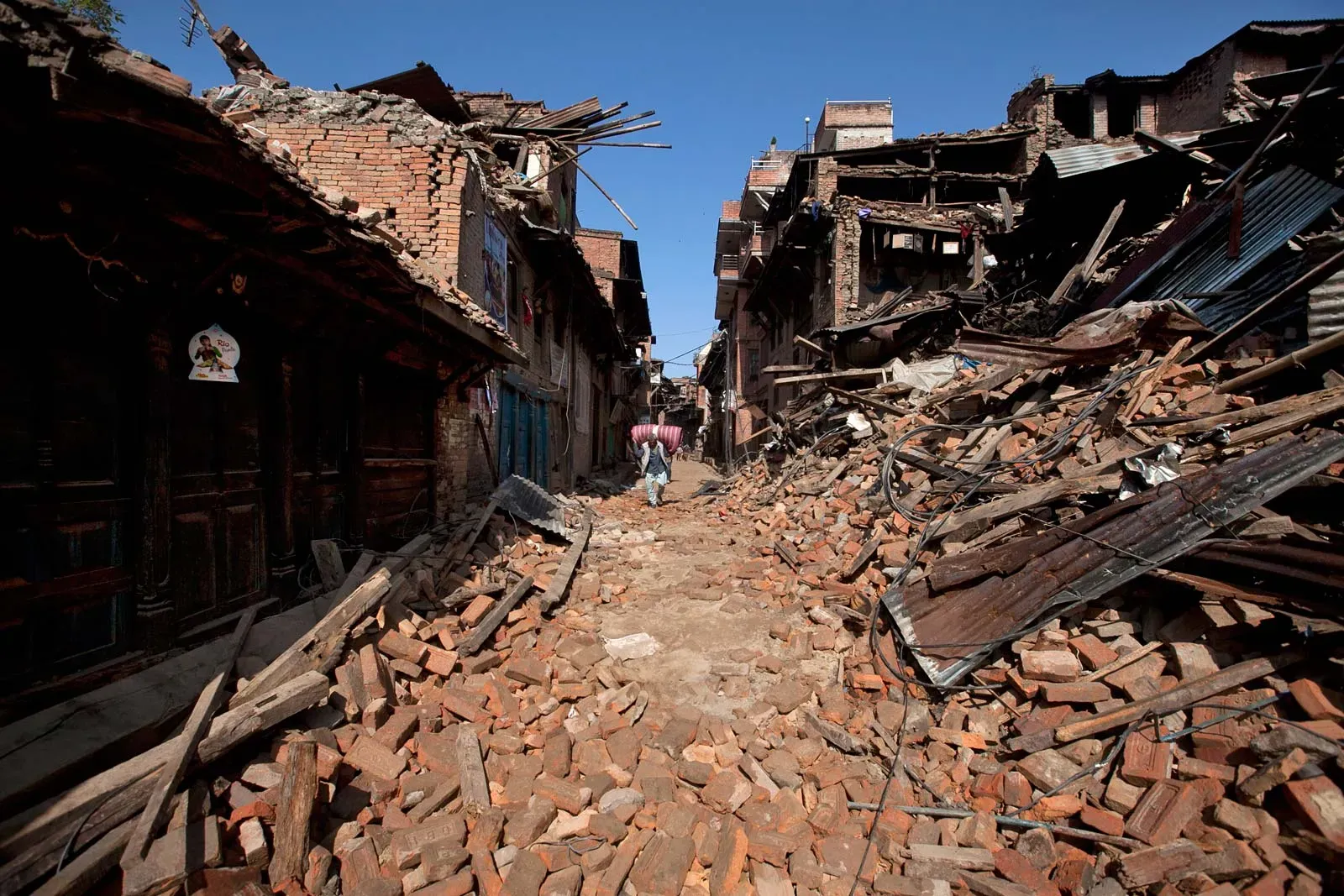
Severe shaking caused by major earthquakes, especially those exceeding a magnitude of 6.0, can lead to:
- Formation of tsunamis.
- Triggering of landslides and mudslides.
- Building collapses.
- Damage to underground and in-building gas and water lines.
- Toppling of electricity lines.
Cyclone/Hurricane
Cyclones, also known as hurricanes or typhoons in certain areas, are a form of intense weather occurrence. They originate over oceans near the equator, primarily in tropical climates.
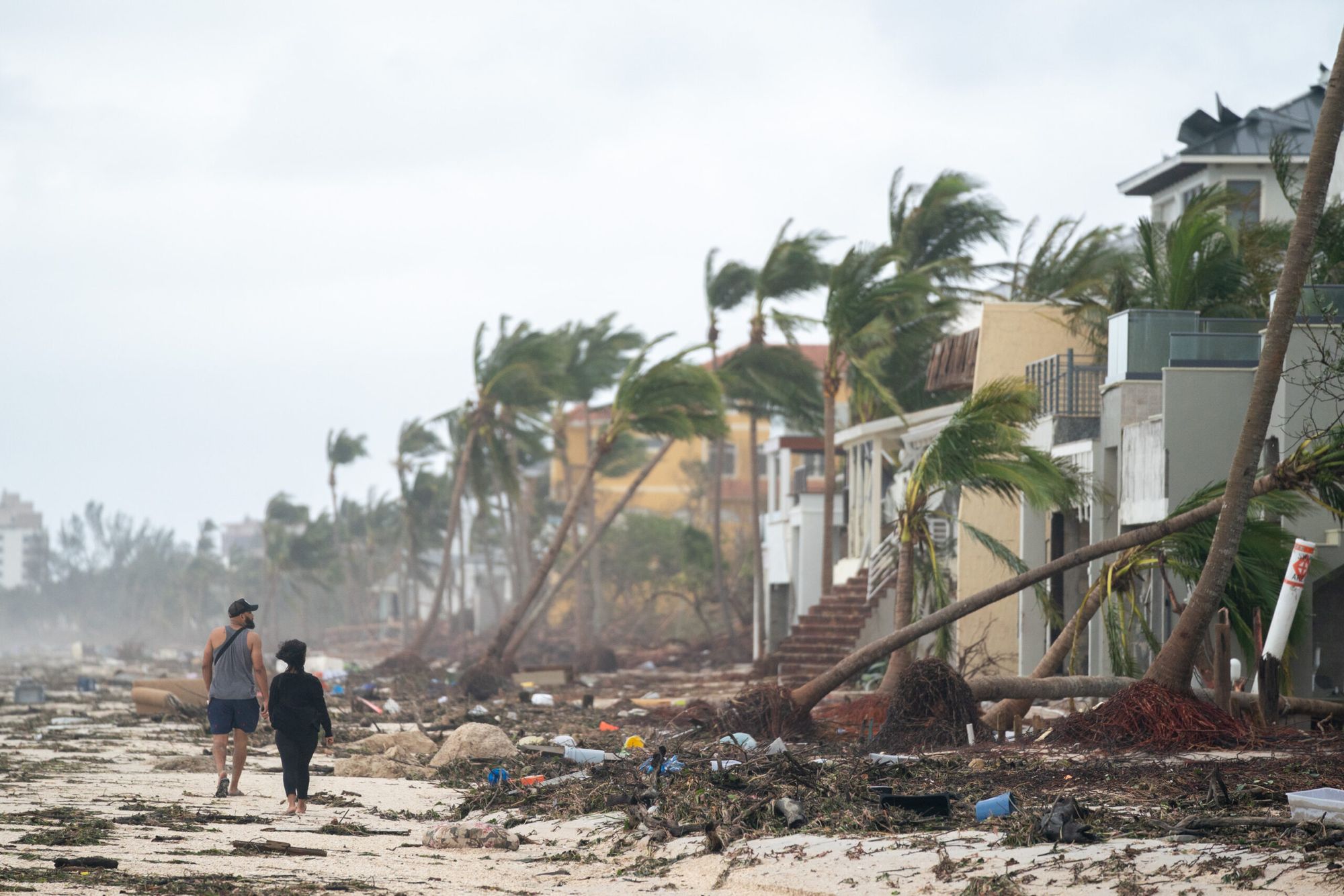
Cyclones bring about:
- Heavy rainfall
- Surging storms
- Floods
- Winds reaching speeds up to 300 km/h
These elements lead to significant property damage, injuries, and loss of life. They also disrupt air and sea travel.
Before visiting a tropical coastal location, ascertain whether cyclones are common there. If they are, be sure to gather information about their typical occurrences.
Flood
Numerous places encounter heavy rainfall and seasonal floods, particularly those undergoing monsoons or residing in wet climate seasons.
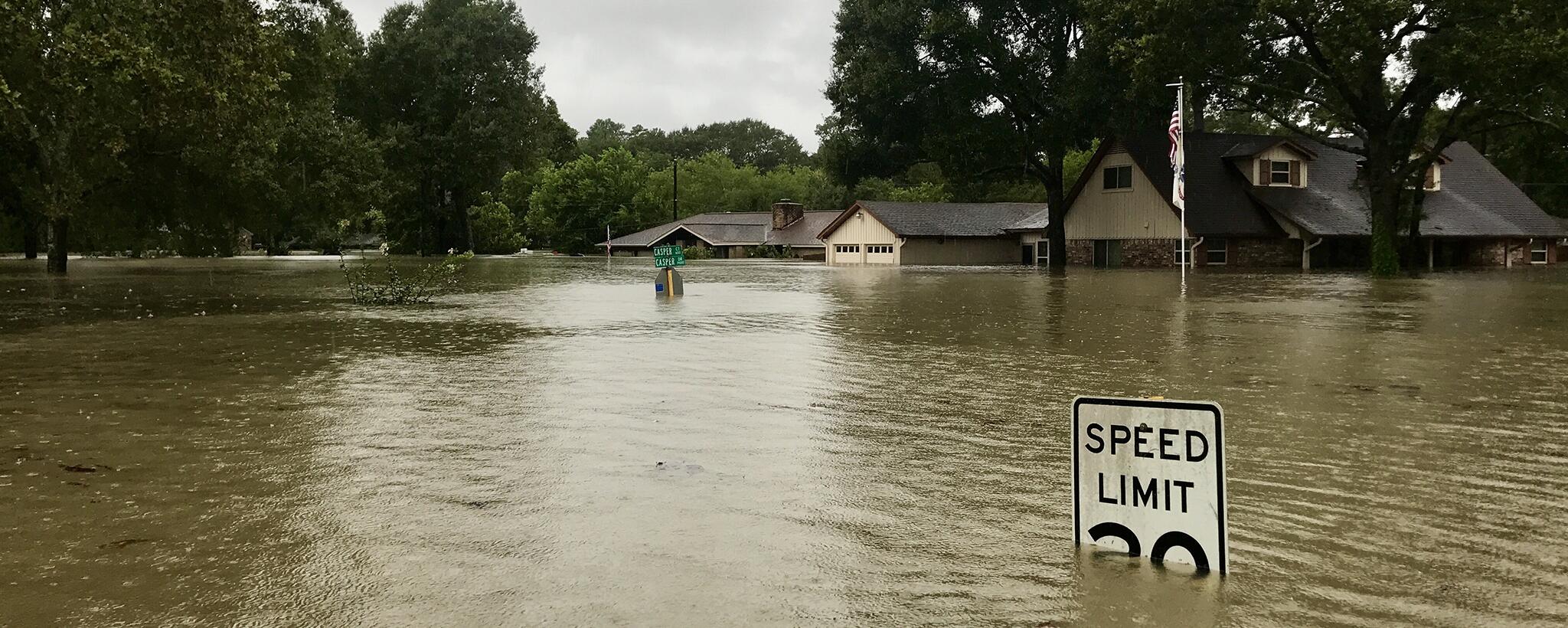
Flooding Varieties and Causes
Flash floods: Arise due to intense rainfall, dam breaches, or rapid snowmelt.
River floods: Typically stem from seasonal or monsoon rains.
Coastal floods: Emerge as a result of tsunamis, storm surges, and severe weather occurrences like cyclones.
Landslide & Avalanche
Landslides, mudslides, and avalanches happen when a slope's side collapses, causing rocks, soil, mud, snow, or debris to move downwards.
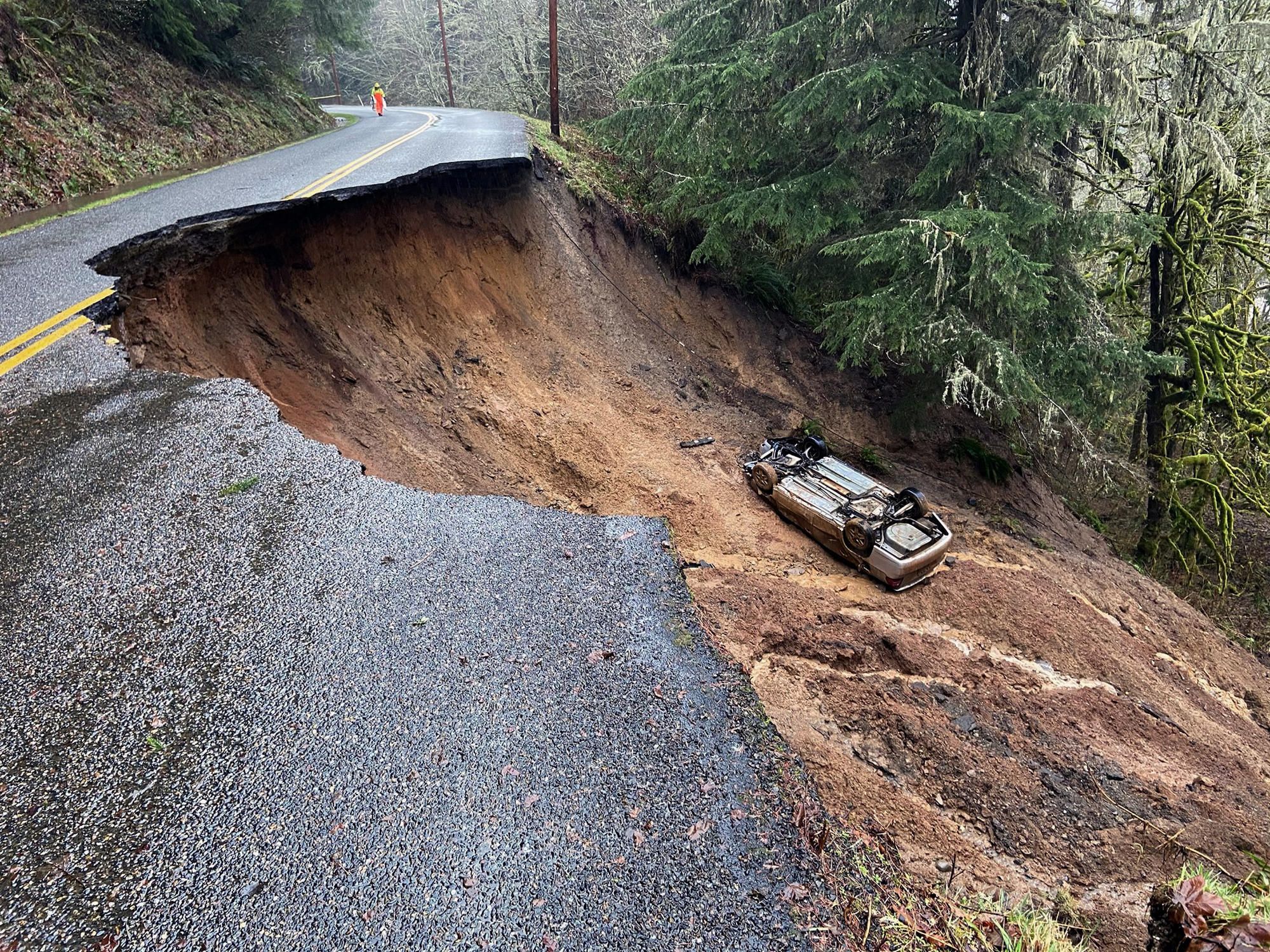
Areas Susceptible to Landslides
Mountainous zones that face heavy rainfall are at a higher risk of encountering landslides.
In less developed nations, the consequences in terms of property damage, injuries, and fatalities can be more severe. This is frequently linked to inadequate construction norms, lax regulations, and deforestation.
Key causes of Landslides and Avalanches
- Heavy rain: Severe weather can turn topsoil to mud, and flush it downward.
- Earthquakes: Even a small earthquake can dislodge the side of a hill.
- Severe winter weather: Excessive snow falls can lead to avalanches. The added weight, combined with a weak bond between old and new snow, increase the risk.
- Volcanic activity: The rumbling or explosion can dislodge the topsoil, similar to an earthquake. Volcanoes can also spew volcanic mud, which may carry toxic gases.
- Deforestation: Without enough tree roots to hold the soil or snow in place, the surface is more likely to give way.
Severe Winter
Severe winter weather poses a significant threat in certain places. Without proper preparation, you could be vulnerable to injuries, frostbite, and hypothermia.
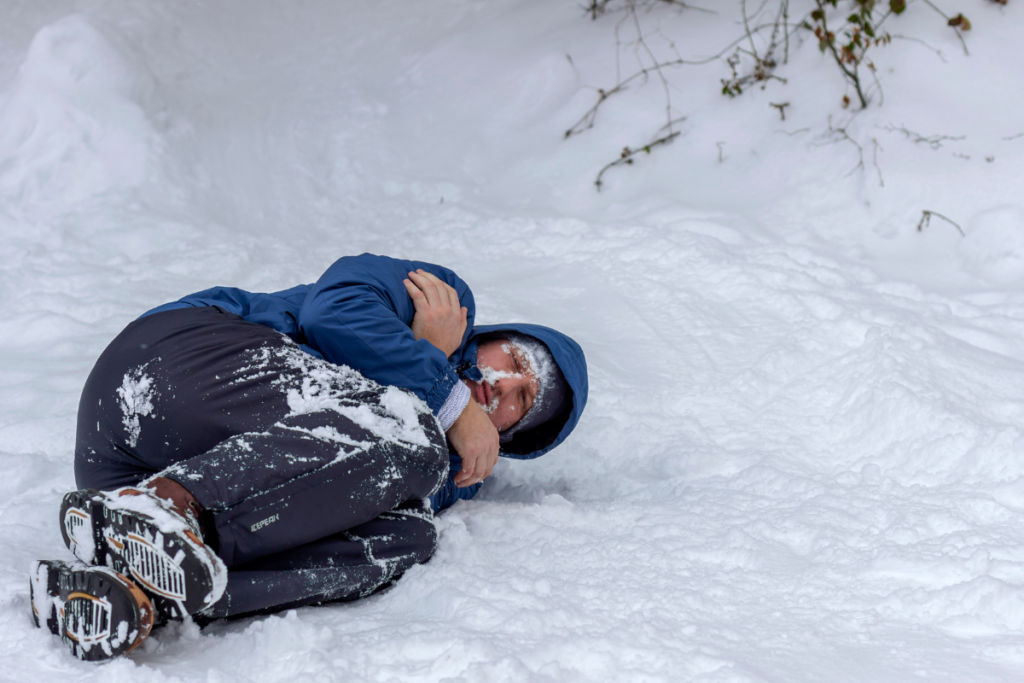
When visiting locations prone to severe weather, it's crucial to be well-informed and ready. Familiarize yourself with safety measures, ways to steer clear of hazards, and the appropriate actions to take during such weather events.
Tornado
Tornadoes, often referred to as 'twisters', are prevalent worldwide. With wind speeds reaching up to 400 km/h, tornadoes rank among the most formidable and devastating natural calamities.
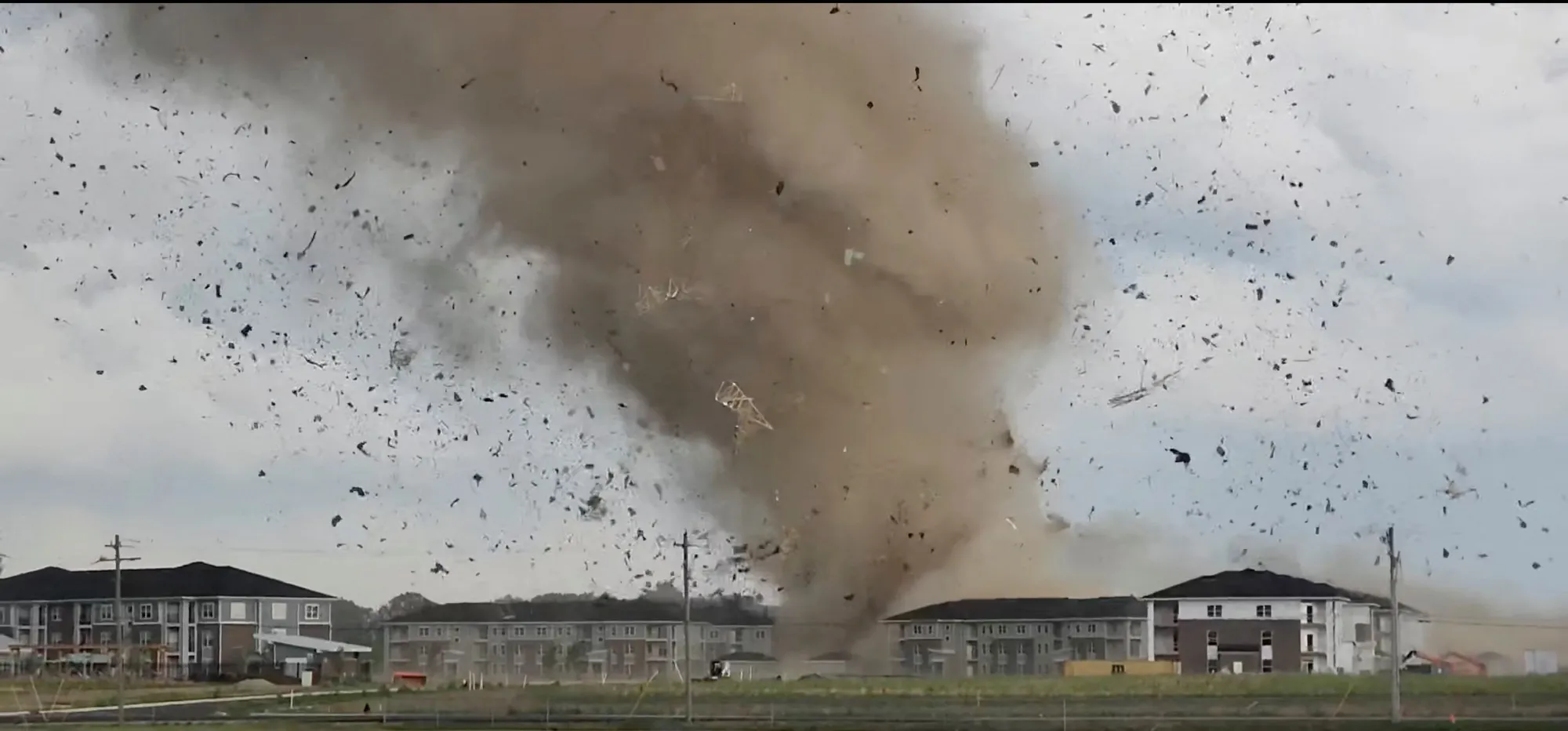
The United States, notably in the region known as 'Tornado Alley', witnesses the highest frequency and intensity of tornadoes. Nevertheless, these phenomena are encountered in various other countries too.
If you're traveling to an area susceptible to tornadoes, it's important to be ready. Research their likely occurrence locations and timings, and equip yourself with knowledge on how to respond if confronted by one.
Tsunami
A tsunami is a substantial wave accompanied by a temporary increase in sea level. They result from abrupt and powerful shifts in the ocean, usually triggered by underwater earthquakes, landslides, or volcanic eruptions.
Consequently, regions most vulnerable to tsunamis are those prone to frequent earthquakes and volcanic activity.
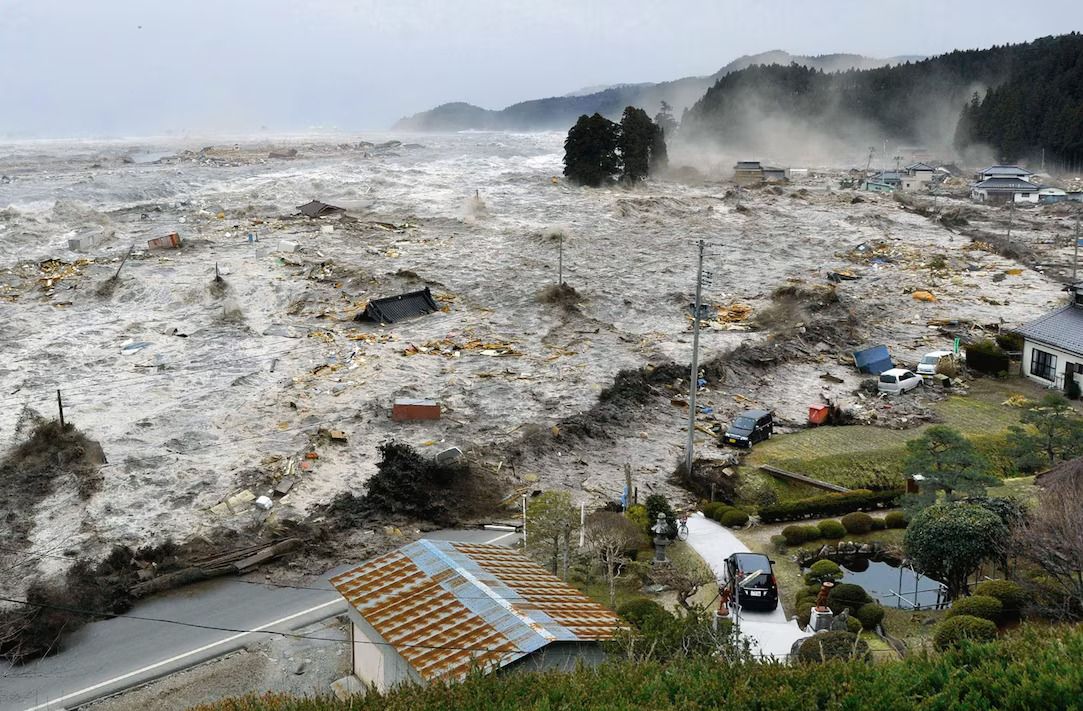
Though tsunamis originate in the ocean, their impact is most pronounced on land. The immense rush of water can swiftly traverse low-lying coastal areas with considerable force.
Furthermore, they also pose a safety concern for individuals aboard cruises or those traveling by boat.
Wildfire
Wildfires, sometimes referred to as bushfires, are widespread globally, especially during warmer months. These fires can spread swiftly and display erratic behavior. They have the potential to generate air pollution that can reach hazardous levels, posing health risks.
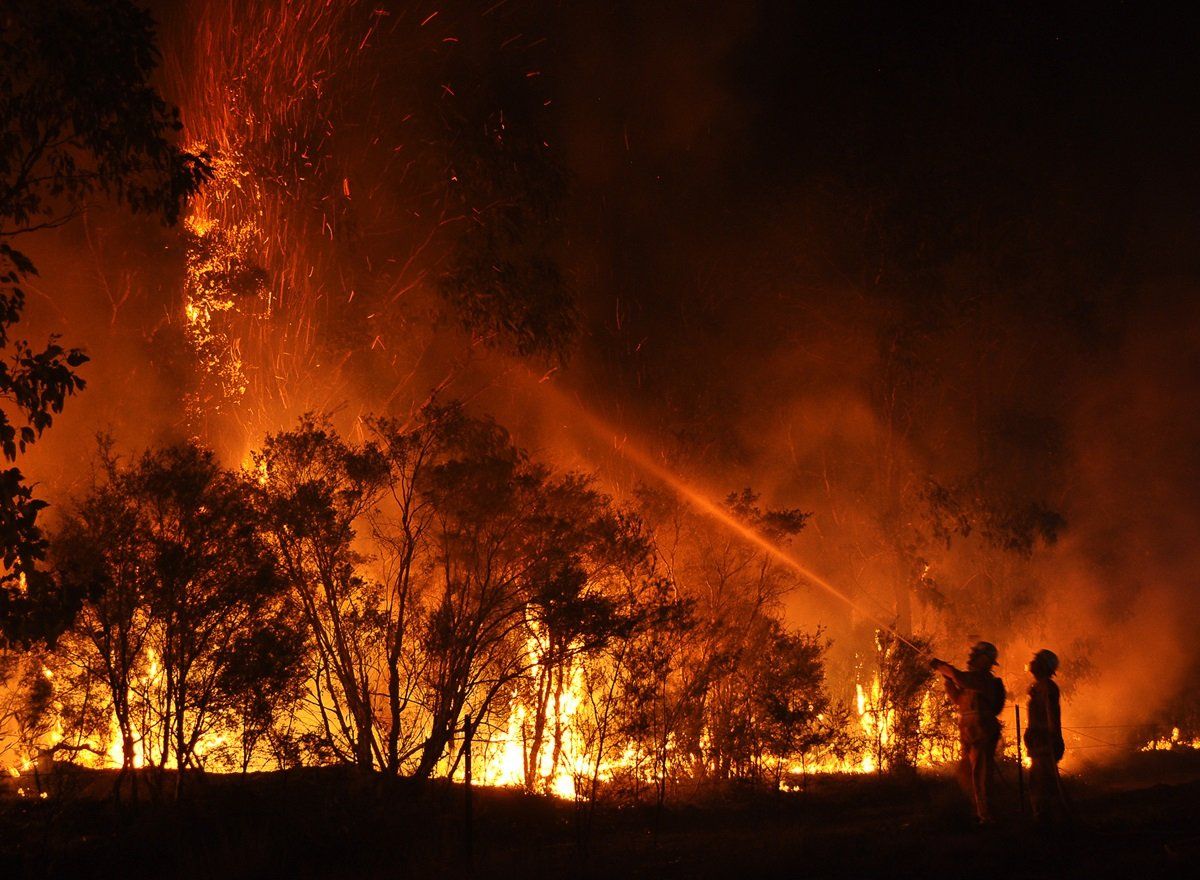
While drier regions experience a higher frequency of wildfires, they can erupt in any location.
If you're heading to a destination prone to frequent bushfires, ensure you're ready. Be knowledgeable about how to respond if a bushfire erupts nearby. Prior to your departure; review your travel advisory specific to your chosen location, investigate the bushfire vulnerabilities in the regions you intend to visit.
Hailstorm
When considering natural disasters, hail storms might not be the first thing that comes to mind. However, these troublesome storms can result in substantial property damage.
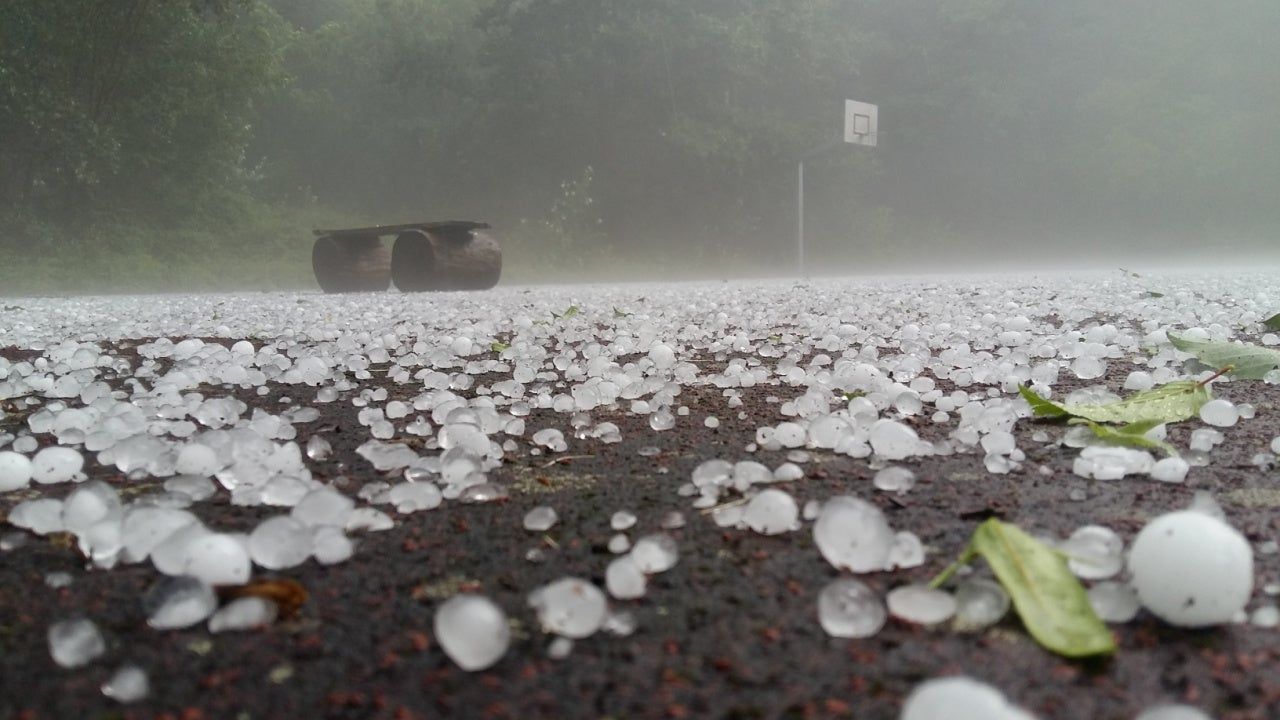
Hailstorms have the potential to inflict significant harm. Nevertheless, you can take measures to ensure your safety at home. Primarily, it's crucial to refrain from retrieving your belongings once hail starts falling to prevent potential injuries. Your safety takes precedence. Remaining indoors is a practical way to prevent personal harm.
How we can be Prepared and Safe
While it's impossible to prevent natural disasters, proactive preparation can make all the difference. Anticipating and readying yourself for potential catastrophes can safeguard you, your loved ones, and your property.
Diverse emergency scenarios require specific precautions to ensure preparedness. Discovering tailored emergency plans for various types of natural disasters is paramount for a secure future. As you embark on this journey, adhere to these emergency preparedness guidelines to prioritize your safety.
Packing an Emergency Preparedness Kit
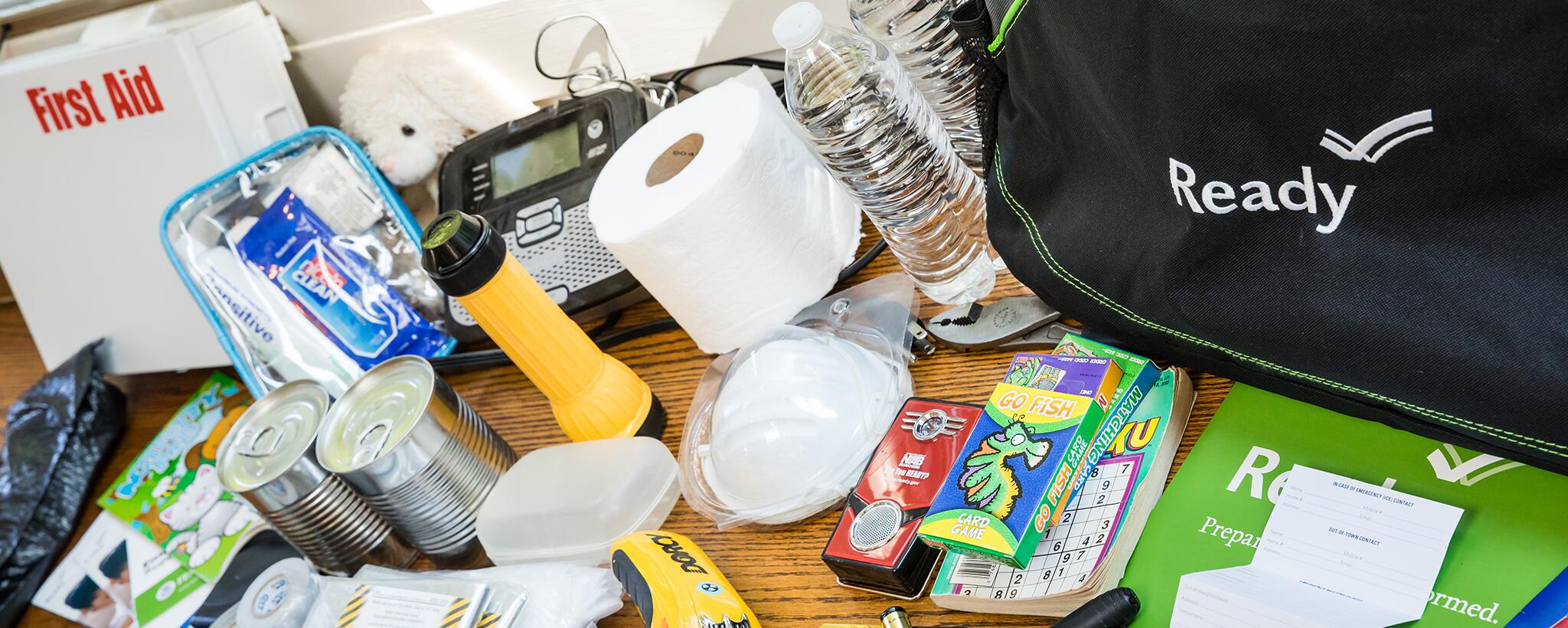
Maintaining an emergency preparedness kit could potentially be a lifesaver for your family in times of crisis. Stash essential supplies within a spacious waterproof container conveniently positioned near an exit or in your garage. This arrangement ensures swift accessibility for you to take refuge without delay. According to Ready.gov, it's advised to have a minimum stockpile of three days' worth of sustenance, water, and prescribed medications. Additionally, they furnish a comprehensive checklist of items that warrant inclusion in your disaster kit:
- Drinking water (at least one gallon per person per day)
- Nonperishable food, such as canned veggies and protein bars
- Manual can opener
- Flashlights or portable lanterns and extra batteries
- First aid kit
- A crank- or battery-powered radio
- Sanitation supplies: toilet paper, moist towelettes, soap, trash bags and disinfectants
- Local maps
Depending on your situation, your kit might also include:
- Baby food, bottles and diapers
- Pet food
- Prescription medications
- Extra eyeglasses or contact lenses and solution
- Dry clothing and blankets
Create and Practice a Disaster Plan
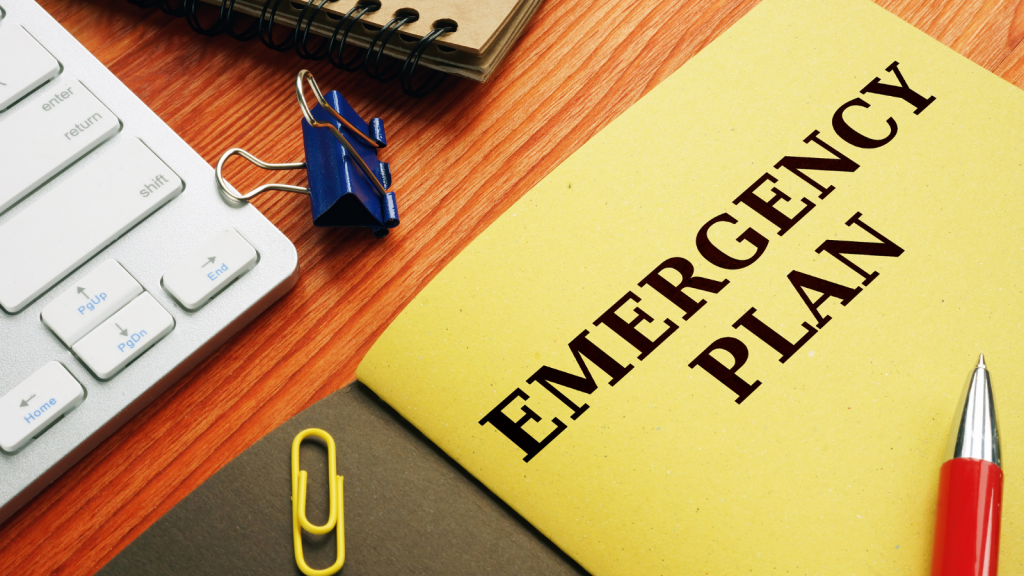
Your family needs a clearly outlined plan to follow that helps keep everyone safe during a natural disaster or an evacuation. According to Ready.gov, the four primary factors that your plan should account for include:
- Where to shelter
- A route for evacuation
- Getting emergency alerts and warnings
- Family communication
As you're creating your disaster plan, keep the following preparation elements in mind:
- Sign up for severe weather alerts in your area.
- Program emergency numbers into your phone.
- Decide on a meeting place for your family to gather.
- Plan escape routes from your home and neighborhood. Remember, roads could be blocked in large-scale disasters. Have at least one alternate route — or more if possible.
- Be sure all adult and teenage family members know how to shut off gas, electric and water lines if there's a leak or electrical short. Keep the necessary tools easily accessible, and make sure everyone knows where these are.
- Consider learning CPR and first aid training.
- Remember your pets. Bring dogs and cats inside during a catastrophe or make a plan for how you'll evacuate with them.
Listen to Local Officials
Empowering individuals with real-time information, local governments have established effective alert systems to relay crucial updates during disasters. By subscribing to text alerts, tuning into cable TV broadcasts, answering phone calls, and utilizing Radio, residents can access essential guidance in times of need. These platforms, managed by experts in disaster response, offer a wealth of knowledge to navigate challenging situations. Following their advice is not only prudent but paramount in ensuring personal safety and contributing to community resilience.
Conclusion
Facing the wild side of nature requires knowledge, preparation, and resilience. By understanding the risks associated with different natural disasters and adopting safety measures tailored to each, you can enhance your chances of weathering these challenges and keeping yourself and your loved ones safe. Remember, the key to survival lies in proactive planning, staying informed, and acting decisively when nature's fury strikes.





